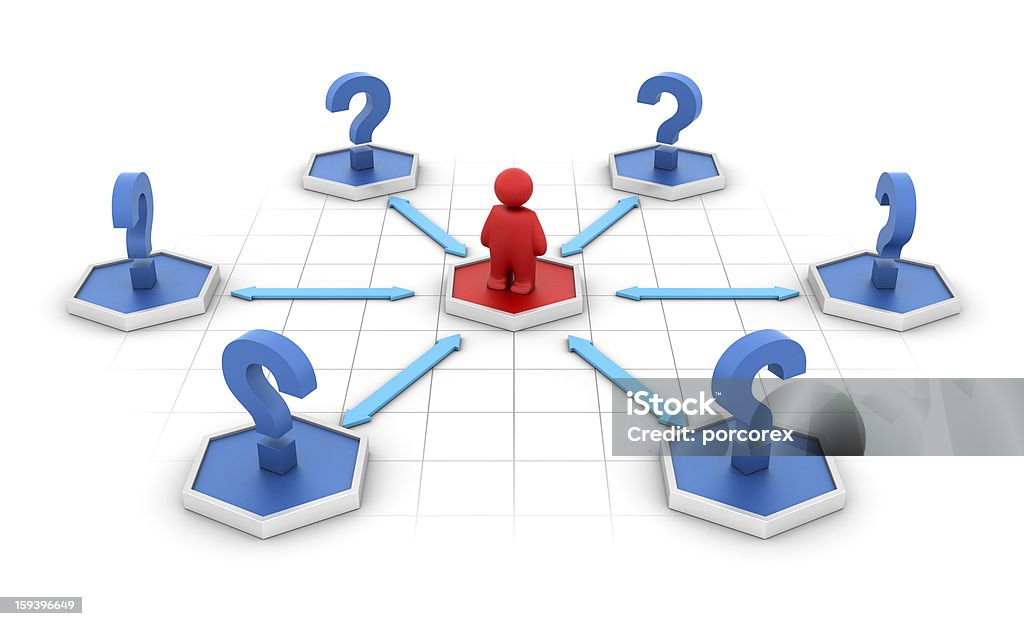
The Email Dilemma Every Business Faces
If you’ve ever tried to build an email list for marketing, you know it’s not as easy as it sounds. I still remember sitting with massive spreadsheets of “leads” during my early IT career. On paper, the numbers looked impressive — thousands of potential contacts. But when we hit send on our first campaign, the reality set in: half the emails bounced, a chunk went straight to spam, and only a handful of people actually opened the message. It was a disaster.
That’s the problem with traditional list-building. Guessing or relying on outdated databases wastes time, money, and energy. And in today’s digital world, where inboxes are already overcrowded, you can’t afford to be sloppy.
This is where reverse email lookup and modern email lookup tools have changed the game. Businesses no longer have to rely on hope. Instead, they use technology to find email addresses, verify them, and understand who’s really behind them. The result? Smarter marketing that gets results without burning through resources.
Let’s explore exactly how businesses are putting reverse email lookup to work.
1. Finding the Right People Faster
Think about how much time your marketing team spends chasing the wrong contacts. Someone signs up for a webinar using a Gmail account, and you have no clue if they’re a decision-maker or just a curious student. That’s where a free reverse email search comes in handy.
By running that email through an email searcher, you can uncover valuable details — like whether the address is tied to a LinkedIn profile, a corporate domain, or a public database. Suddenly, you know whether the person is worth pursuing.
For example, I once worked with a SaaS company that had hundreds of leads sitting in their CRM, but very little data on who they actually were. Using reverse lookup, they discovered that nearly 40% of those emails were linked to junior staff who couldn’t make buying decisions. By filtering them out and focusing on verified contacts, the team doubled their demo-booking rate in just a few months.
2. Verifying Contacts Before Outreach
There’s nothing more embarrassing than sending carefully crafted outreach emails — only to see them bounce back. That’s why email verification is a critical step.
Businesses use email address finders and lookup services to make sure every contact is real and active. It’s not just about reducing bounce rates, either. Email providers track your sender reputation. Too many invalid addresses, and suddenly all your emails start landing in spam, even for real customers.
Small businesses often start with free email lookup tools to keep costs low. But as campaigns scale, many upgrade to paid email lookup services, which provide deeper verification and integrations with CRMs. The investment pays off by keeping outreach clean, professional, and effective.
3. Building Smarter Campaign Segments
Here’s a secret seasoned marketers know: not all emails are created equal. A reverse email lookup can reveal whether you’re dealing with a personal account, a business email, or even a disposable address. That matters more than you think.
Imagine launching a campaign for enterprise software. If you’re blasting Gmail accounts, chances are your message is never going to reach the CFO you want. But if reverse lookup shows you the person’s corporate email, you can tailor your outreach with confidence.
This kind of segmentation helps businesses avoid generic campaigns. Instead, they can personalize based on role, industry, or company size — which is exactly what separates “spray and pray” marketing from campaigns that actually convert.
4. Reducing Fraud and Protecting Reputation
Marketing isn’t just about reaching new customers — it’s also about protecting your business. Fraudsters and bots often hide behind fake or throwaway emails. By using email lookup tools, companies can flag suspicious accounts before they ever make it into the funnel.
Take e-commerce as an example. Retailers often spot fraudulent buyers abusing coupons or return policies through reverse lookups. If an address comes back as fake or linked to shady activity, they can block the account before damage is done.
On the marketing side, businesses also protect themselves by screening their lead lists with a free reverse email search. Catching spam traps and invalid addresses early helps preserve sender reputation — something that’s tough to rebuild once it’s damaged.
5. Scaling Outreach Without Losing Quality
When businesses grow, so do their campaigns. But scaling outreach introduces new challenges: higher volumes of leads, stricter spam filters, and greater risk of wasted effort. This is where paid email lookup services shine.
Unlike free tools, professional platforms can handle bulk lookups, integrate with marketing automation, and provide richer data like job titles and company information. This allows teams to send larger campaigns while still ensuring every recipient is a verified contact.
Think of it like this: you wouldn’t hire 10 new sales reps without giving them proper training. The same goes for your email campaigns. Scaling without verification and lookup is like sending your reps out blindfolded. With the right tools, outreach becomes targeted, efficient, and sustainable.
Final Thoughts: Smarter, Not Harder
At first glance, reverse email lookup might sound like just another IT tool. But in practice, it’s a marketing multiplier. It helps businesses find email addresses that matter, keep lists clean with email verification, and build campaigns that actually reach decision-makers.
The bottom line? Smarter marketing isn’t about sending more emails — it’s about sending the right emails to the right people. And with the help of email lookup tools — whether free or paid — that’s exactly what reverse email lookup makes possible.
So whether you’re just starting in IT or looking to sharpen your marketing strategy, understanding how reverse lookup fits into the bigger picture will give you an edge. In a world where inboxes are overflowing, precision is the new superpower.



